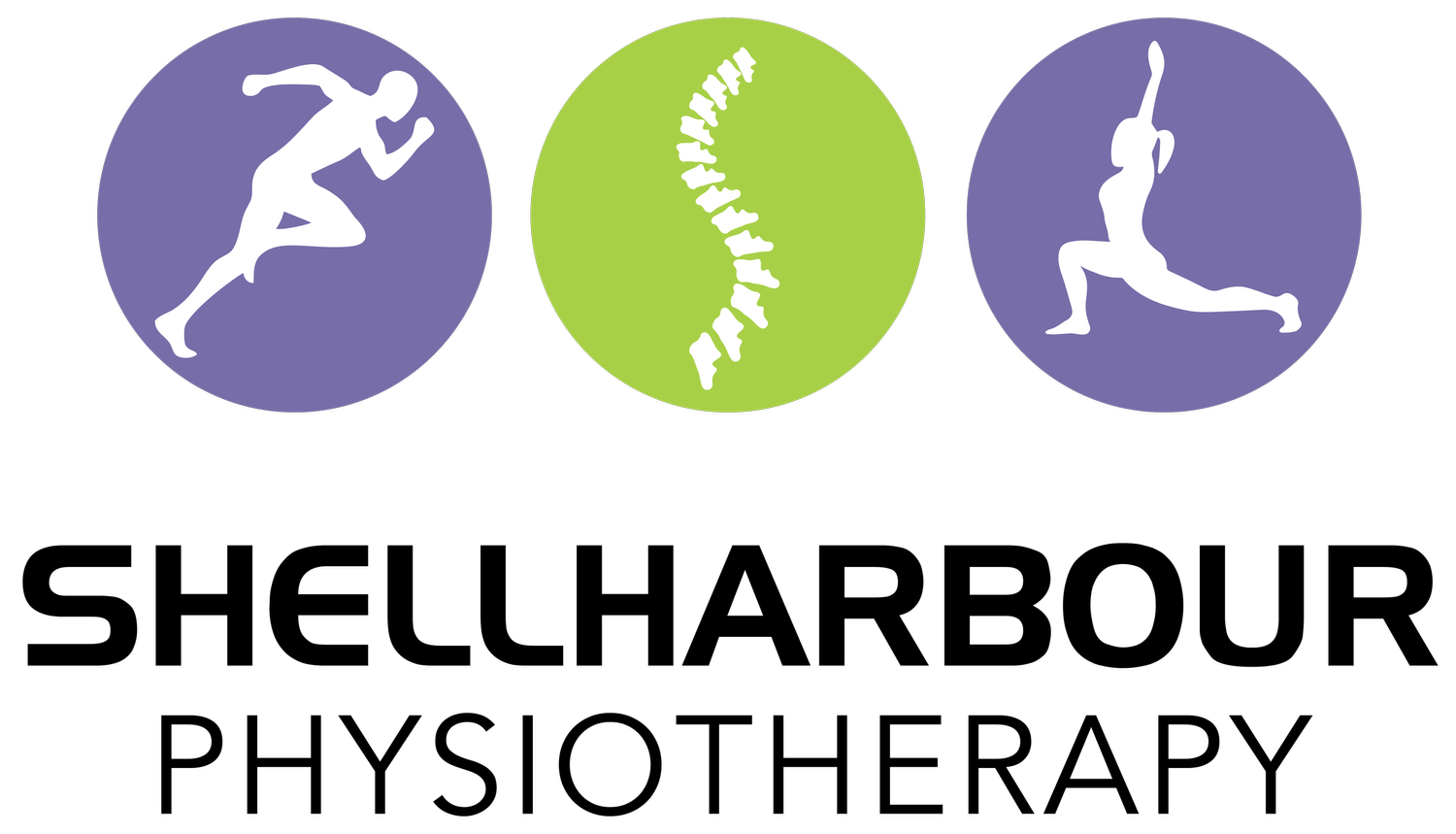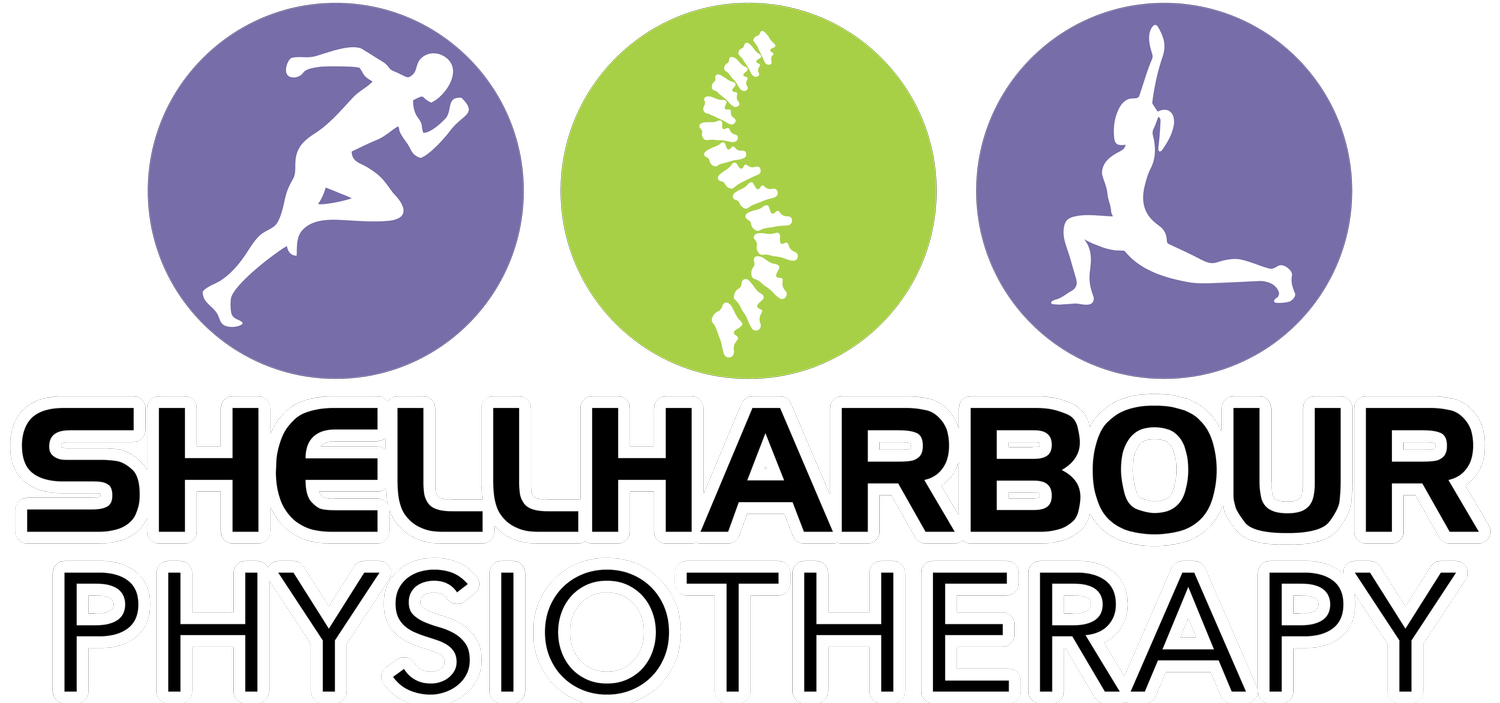HOW FASCIA-NATING! REDUCE PAIN AND TIGHTNESS WITH MYOFASCIAL RELEASE
What Is Myofascial Release?
The fascia is a web-like connective tissue that surrounds and supports muscles, bones, and organs throughout the body. When this tissue becomes tight or restricted – often due to injury, poor posture, stress, or repetitive strain – it can lead to discomfort, stiffness, and reduced movement.
Myofascial release aims to reduce tightness and restore normal movement. It involves applying sustained, gentle pressure to these restrictions to help release tension, improve blood flow, and encourage healing. This technique can be done through hands-on treatment from one of our physiotherapists, or through active self-release techniques you complete yourself using tools such as a trigger ball or foam roller.
Passive Myofascial Release
Hands on Treatment
Unlike a traditional massage, which focuses on muscles, myofascial release specifically targets the fascia to restore its natural elasticity and alignment. This form of hands-on treatment uses gentle, sustained pressure to specific areas of fascial tightness.
Passive myofascial release is especially useful for:
Reducing chronic muscle pain and tension
Improving postural imbalances
Supporting recovery after injury or surgery
Managing conditions such as fibromyalgia or myofascial pain syndrome
Active Myofascial Release
Trigger Ball & Foam Rolling
Self-myofascial release techniques are often recommended as part of your independent exercise program. Using a trigger ball or foam roller you to apply targeted pressure to your own muscles between sessions, helping to maintain results and manage tension independently.
Trigger Ball Release
Trigger balls are small and firm so they can release tight "knots" or trigger points in the muscles. It’s especially useful for hard-to-reach areas like the glutes, shoulders, calves, and feet. Simply place the ball under the target area, apply pressure using your body weight, and hold for 30–60 seconds or until the tension eases.
Benefits include:
Local muscle relief
Improved flexibility
Easy to use at home, work, or on the go
Foam Rolling
Foam rolling is another self-release technique that uses a cylindrical roller to work on broader muscle groups like the thighs, back, and IT band. Rolling slowly over tight areas can help increase blood flow, reduce muscle soreness, and improve movement patterns.
Key benefits:
Supports recovery after exercise
Reduces muscle tightness and stiffness
Can be integrated into warm-ups or cool-downs
BOOK WITH AN Exercise Physiologist
Related Articles
Overtraining is one of the biggest risks I see working with young athletes and if not managed can have detrimental and long-lasting consequences.
Myofascial release aims to reduce tightness and restore normal movement by applying sustained, gentle pressure to release tension, improve blood flow, and encourage healing.
VALD technology is a collection of advanced assessment tools that provide real-time, objective data to guide your treatment and improve physical performance.
In August 2024, the Osteoarthritis of the Knee Clinical Care Standard was revised meaning you probably won’t be going under the knife.
Engage in small bouts of exercise, or 'movement snacks', throughout your day. The beauty of this approach is there are no rules, you can do it your way!
Isometric exercises are widely considered as a safe, simple, and a time efficient form of exercise that has the ability to improve strength, reduce injury, and even lower blood pressure.
Scoliosis is a lateral curve with rotation in the spine. It can occur at all ages but tends to appear in older children and adolescents, most of which are girls.
Even Physiotherapists can have tough injuries. Read about Kyle’s rare hip injury, post-surgery recovery & rehabilitation journey including Hydrotherapy.
Since the COVID lockdowns in 2020/2021, there has been a downturn in children between 3 – 14 undertaking individual and team sports across the country.
We provide clients with real time feedback and prescribe individualised programs using VALD ForceDecks & DynaMo as well as the very fun Blazepod reflex training system.
Avoid long-term issues, reach sports goals and maintain a high quality of life by strengthening your grip! Most people only need to strengthen a few types.
The consensus is that we benefit from more daily steps, but what's so great about walking and how can such a simple activity improve our overall health?
If we haven’t exercised in a while and do intense exercise we are more likely to get injured. How do we avoid injury and stick to our New Year's resolution?
Have you ever experienced pain along your shins after running or increasing your activity levels? This may have been what is known as shin splints.
Once infected with COVID-19 what is being recommended for a safe return to sport and exercise?
Scans report on any abnormalities and are used by physiotherapists to make informed decisions about treatment. However, pain may not be accurately reflected in a scan.
Hip replacement is a commonly performed major operation which can provide good outcomes. Here's what I've been doing 2.5 weeks after surgery.
What type of stretching should I do? What is dynamic vs static stretching? Do I bother to stretch at all? Let’s stretch this out….
If you keep it simple early, gain the right advice and apply the correct management this can be the difference between an easy and difficult recovery.
I’ve learned how to prescribe exercise programs for individuals suffering from diabetes, high blood pressure, cholesterol and who are overweight.
Tags
Eliza is an accredited Exercise Physiologist and Exercise Scientist who graduated from Wollongong University in 2021. She is qualified to develop and prescribe exercise programs tailored to clients with a range of chronic health conditions and injuries, both in the clinic and in our Hydrotherapy classes.





















